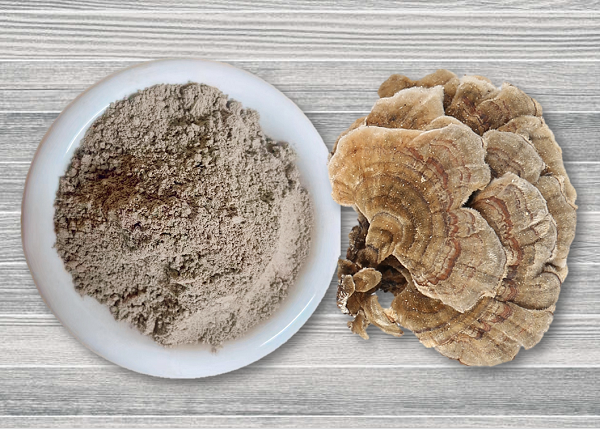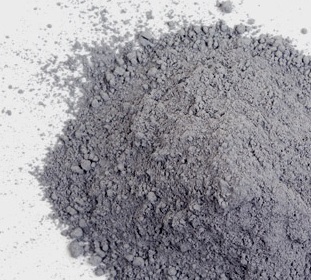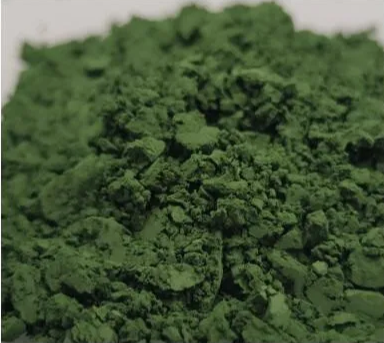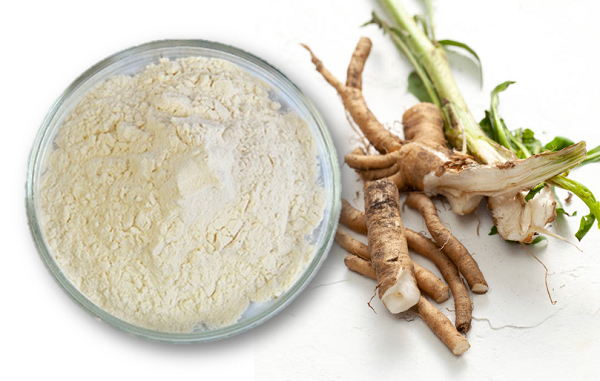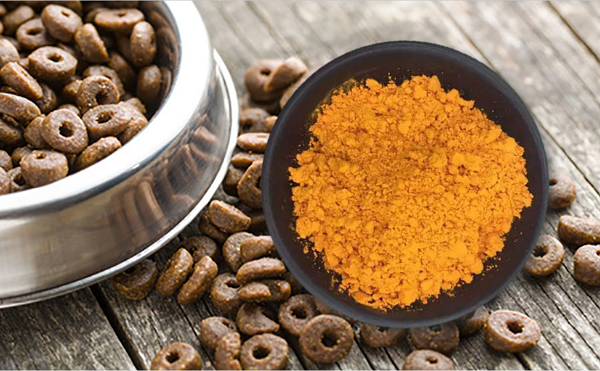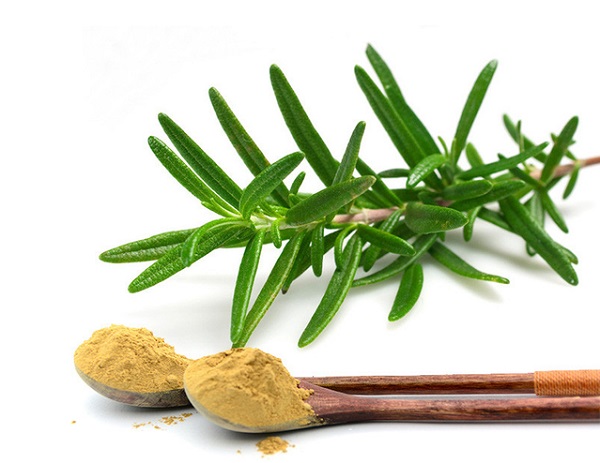Follow Us:
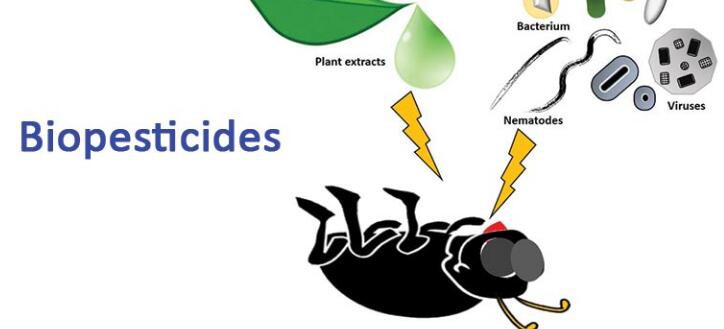
What Is A Biopesticide?
What are biopesticides?
Biopesticides are certain types of pesticides derived from such natural materials as animals, plants, bacteria, and certain minerals. For example, canola oil and baking soda have pesticidal applications and are considered biopesticides. As of April 2016, there are 299 registered biopesticide active ingredients and 1401 active biopesticide product registrations.
What is the meaning of a biopesticide
Biopesticides, a contraction of ‘biological pesticides’, include several types of pest management intervention: through predatory, parasitic, or chemical relationships. The term has been associated historically with biological pest control – and by implication, the manipulation of living organisms. Regulatory positions can be influenced by public perceptions, thus:
in the EU, biopesticides have been defined as “a form of pesticide based on micro-organisms or natural products”.[1]
the US EPA states that they “include naturally occurring substances that control pests (biochemical pesticides), microorganisms that control pests (microbial pesticides), and pesticidal substances produced by plants containing added genetic material (plant-incorporated protectants) or PIPs”.
They are obtained from organisms including plants, bacteria and other microbes, fungi, nematodes, etc.[2][page needed][3] They are often important components of integrated pest management (IPM) programmes, and have received much practical attention as substitutes to synthetic chemical plant protection products (PPPs).
Biopesticide Type
Microbes – These are tiny organisms like bacteria and fungi. They tend to be more targeted in their activity than conventional chemicals. For example, a certain fungus might control certain weeds, and another fungus might control certain insects. The most common microbial biopesticide is Bacillus thuringiensis.
Substances Found in Nature – These include plant materials like corn gluten, garlic oil, and black pepper. These also include insect hormones that regulate mating, molting, and food-finding behaviors. They tend to control pests without killing them. For example, they might repel pests, disrupt their mating, or stunt their growth. Some synthethic substances are allowed. However, they must be similar in shape and makeup to their natural counterparts. They must also work in the exact same way against pests.
Plant-Incorporated Protectants (PIPs) – These are the genes and proteins, which are introduced into plants by genetic engineering. They allow the genetically modified plant to protect itself from pests, like certain insects or viruses. For example, some plants produce insect-killing proteins within their tissues. They can do this because genes from Bacillus thuringiensis were inserted into the plant’s DNA. Different types of proteins target different types of insects.
Biopesticides in agriculture
Biopesticides are naturally occurring compounds or agents that are obtained from animals, plants, and microorganisms such as bacteria, cyanobacteria, and microalgae and are used to control agricultural pests and pathogens.
List of biopesticides
|
Biopesticides for greenhouse use in the United States |
|---|
|
Biopesticides for greenhouse use in the United States |
||||
|---|---|---|---|---|
|
Trade name(s) |
Active ingredient (strain) |
Type |
REI |
Target(s) |
|
Stirrup-M |
Farnesol |
Biochemical |
0 |
Tetranychid mites |
|
Dominus |
Allyl isothiocyanate |
Biochemical |
n/a |
Broad spectrum soil biofumigant |
|
Axxe |
Ammonium nonanoate |
Biochemical |
24 |
Broad spectrum herbicide |
|
Agroneem, AzaGuard, Azatrol |
Azadirachtin |
Biochemical |
4 |
Broad spectrum insecticide, nematicide |
|
Azera |
Azadirachtin + pyrethrins |
Biochemical |
12 |
Broad spectrum insecticide, nematicide |
|
Sonata |
Bacillus pumilis (QST 2808) |
Microbial |
4 |
Broad-spectrum fungicide |
|
Cease, Companion, Serenade |
Bacillus subtilis (QST 713, GB03, MBI 600) |
Microbial |
0-4 |
Broad-spectrum fungicide |
|
beetleGONE! |
Bacillus thuringiensis galleriae |
Microbial |
4 |
Beetles |
|
Agree WG |
B. thuringiensis aizawai (GC-91) |
Microbial |
4 |
Caterpillars |
|
Biobit, DiPel, Condor,Crymax |
B. thuringiensis kurstaki (ABTS-351, EG2348) |
Microbial |
4 |
Caterpillars |
|
BMP 144/ Aquabac |
B. thuringiensis israelensis BMP 144 |
Microbial |
0 |
Mosquitoes |
|
Botanigard, BioCeres, Naturalis |
Beauveria bassiana (GHA, ATCC 74040) |
Microbial |
4 |
Whiteflies, aphids, thrips, plant bugs, some beetles |
|
Vegol |
Canola oil |
Biochemical |
4 |
Broad spectrum insecticide |
|
Dazitol |
Capsaicin and related capsaicinoids |
Biochemical |
4 |
Broad spectrum insecticide, nematicide and fungicide |
|
Clandosan |
Chitin |
Biochemical |
4 |
Nematicide |
|
EF400 |
Clove, rosemary, peppermint |
Biochemical |
0 |
Broad spectrum fungicide |
|
Contans WG |
Coniothyrium minitans (CON/M/91-08) |
Microbial |
4 |
Fungicide (Sclerotinia spp.) |
|
Badge X2 |
Copper hydroxide + copper oxychloride |
Biochemical ** |
24 GH |
Broad spectrum fungicide and bactericide |
|
Cueva |
Copper octanoate |
Biochemical |
4 |
Broad spectrum fungicide and bactericide |
|
SoilGard |
Gliocladium virens (GL-21) |
Microbial |
0 |
Preventative fungicide |
|
Spear |
GS-omega/kappa-Hxtx-Hv1a |
Biochemical |
4 |
Thrips, whitefly, spider mites |
|
Messenger T&O, ProAct |
Harpin proteins |
Biochemical |
4 |
N/A (plant health promoter) |
|
Peradigm |
Hydrogen peroxide |
Biochemical |
0-2 |
Algicide and fungicide |
|
Sluggo |
Iron phosphate |
Biochemical |
0 |
Molluscicide |
|
Feather Duster |
Lemongrass oil |
Biochemical |
0 |
Bird repellent |
|
PFR-97 |
Paecilomyces fumosoroseus (Apopka 97) |
Microbial |
4 |
Whiteflies, aphids, thrips, leafminers |
|
Scythe |
Pelargonic acid |
Biochemical |
12 |
Broad spectrum herbicide |
|
Armicarb, Kaligreen |
Potassium bicarbonate |
Biochemical |
4 |
Broad spectrum foliar fungicide |
|
Des-X |
Potassium salts of fatty acids |
Biochemical |
12 |
Broad spectrum foliar insecticide |
|
Sil-MATRIX |
Potassium silicate |
Biochemical |
4 |
Broad spectrum fungicide, miticide, insecticide |
|
Acaritouch |
Propyleneglycol monolaurate |
Biochemical |
4 |
Tetranychid mites |
|
AtEze |
Pseudomonas chlororaphis (63-28) |
Microbial |
24 |
Preventative fungicide |
|
PyGanic |
Pyrethrins |
Biochemical |
12 |
Broad spectrum insecticide |
|
Sporatec |
Rosemary, thyme, and clove oils |
Biochemical |
0 |
Broad spectrum fungicide |
|
Enstar |
S-Kinoprene |
Biochemical |
4 |
Broad spectrum insecticide |
|
Avachem |
Sorbitol octanoate |
Biochemical |
24 |
Insecticide/miticide |
|
Golden Pest Spray Oil |
Soybean oil |
Biochemical |
4 |
Mites, scale, whiteflies, mealybugs |
|
Entrust, Seduce |
Spinosad |
Microbial |
4 |
Caterpillars, leafminers, thrips and red imported fire ants |
|
Actinovate SP |
Streptomyces lydicus (WYEC 108) |
Microbial |
1 |
Broad spectrum fungicide |
|
SucraShield |
Sucrose octanoate |
Biochemical |
48 |
Insecticide/miticide |
|
BacStop |
Thyme, clove, cinnamon, peppermint, and garlic oils |
Biochemical |
0 |
Bactericide, fungicide |
|
PlantShield, RootShield |
Trichoderma harzianum, (Riafi strain KRL-AG2, G-41) |
Microbial |
0-4 |
Preventative fungicide |
|
Spexit |
Spodoptera exigua multinucleopolyhedrovirus (SeMNPV) strain by BV-0004 |
Microbial |
4 |
Beet armyworm |
| Helicovex | Helicoverpa armigera nucleopolyhedrovirus strain BV-0003 | Microbial | 4 | Corn earworm |
Advantages of biopesticides
1. Host specificity.
2. Ability to multiply in the target cells.
3. No problem of toxic residue.
4. No evidence or absence of resistance.
5. No problem of cross resistance.
6. Conventional technique or methods for applications.
7. Permanent control of pest or long persisting effect.
8. Idealy suited for integration with most other plant protection measures used in IPM programme.
9. No fear of environment pollution and hence ecofriendly.
use of biopesticides
Biopesticides are currently used to manage invertebrate pests, plant pathogens, and weeds. The microorganisms used include bacteria, yeasts, fungi, and viruses. Most research has been conducted on fungal species; as many are easily cultured, their spores are environmentally stable and can be easily managed, amended, and manipulated – they can hence be applied with convention spray systems. To date, much more research effort has been spent on the development, registration, and commercialization of products for plant pathogens and pest species than of weed species, so only the former two will be covered here.
References:https://www.epa.gov/ingredients-used-pesticide-products/what-are-biopesticides
https://en.wikipedia.org/wiki/Biopesticide
http://npic.orst.edu/ingred/ptype/biopest.html
https://www.canr.msu.edu/news/biopesticides_for_use_in_greenhouses_in_the_us
https://agriinfo.in/advantages-and-disadvantages-of-biopesticides-1927/
https://www.sciencedirect.com/topics/earth-and-planetary-sciences/biopesticide













